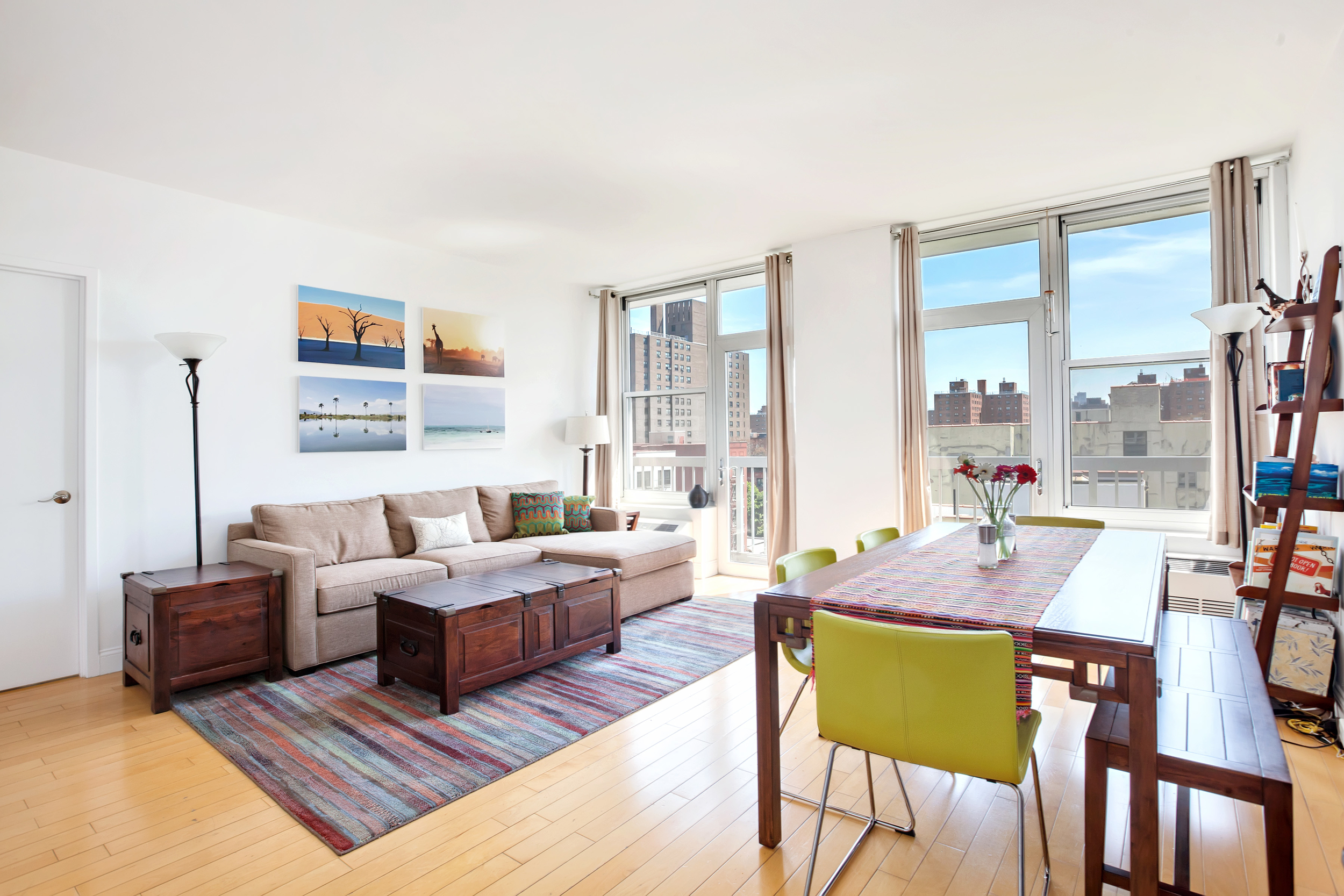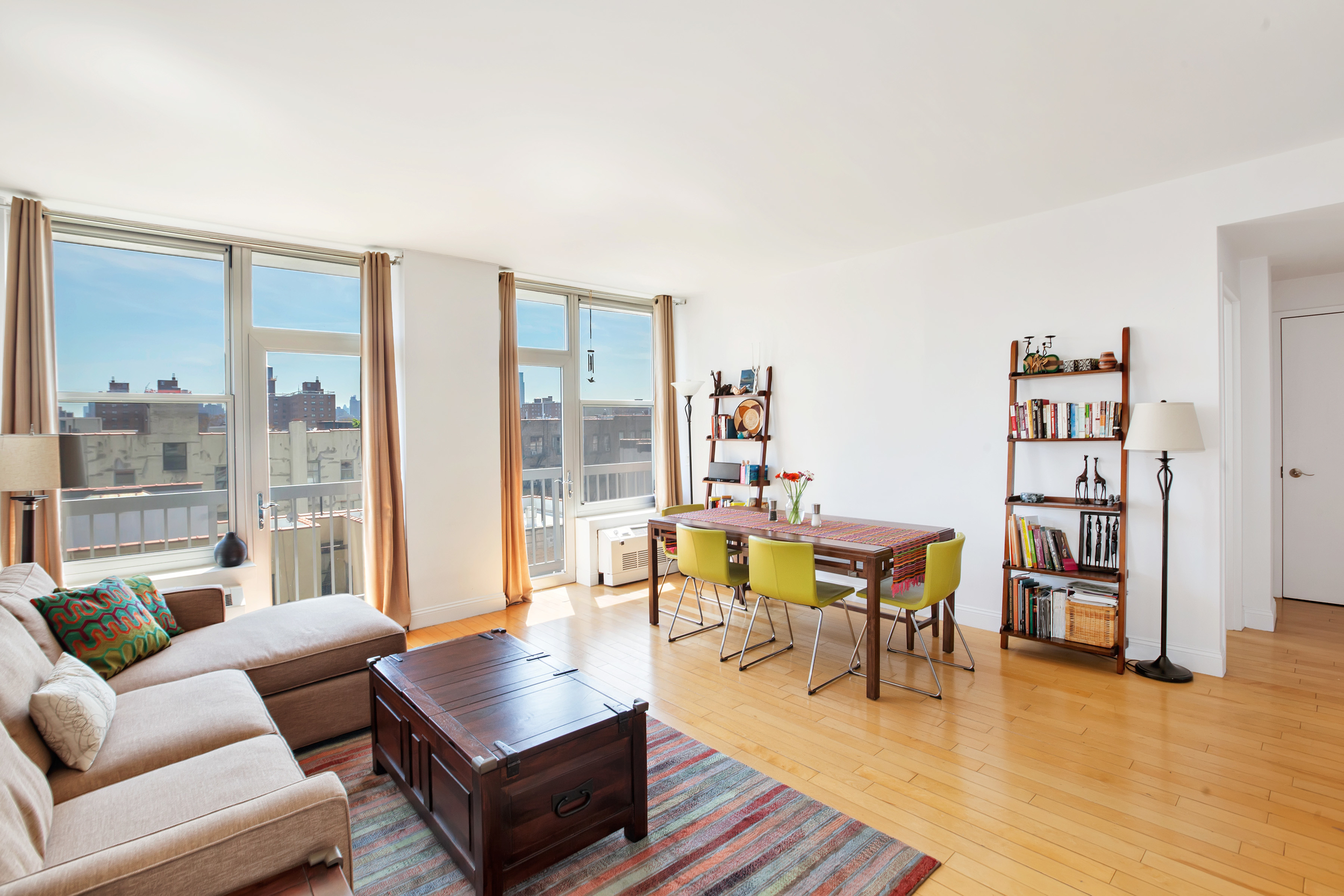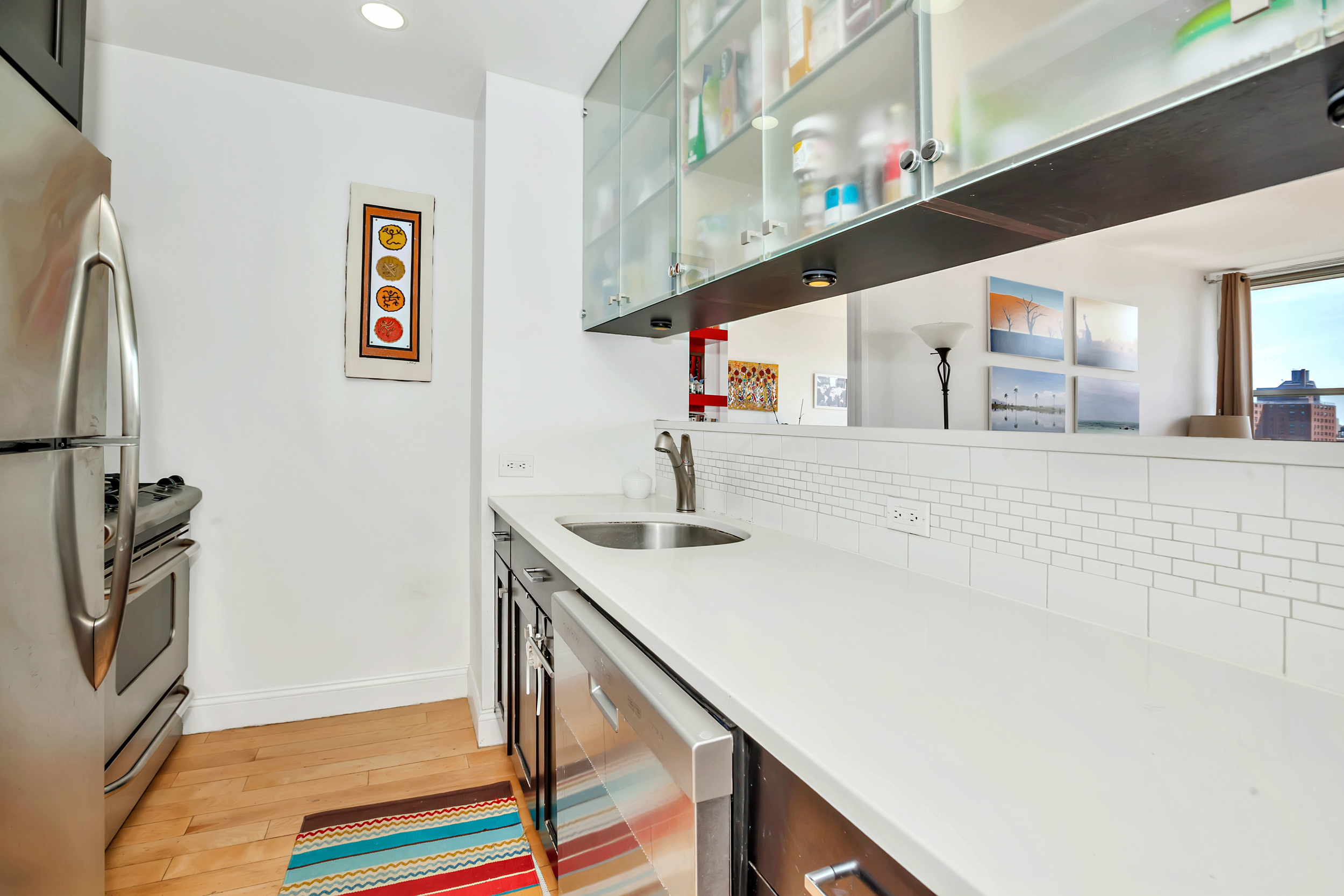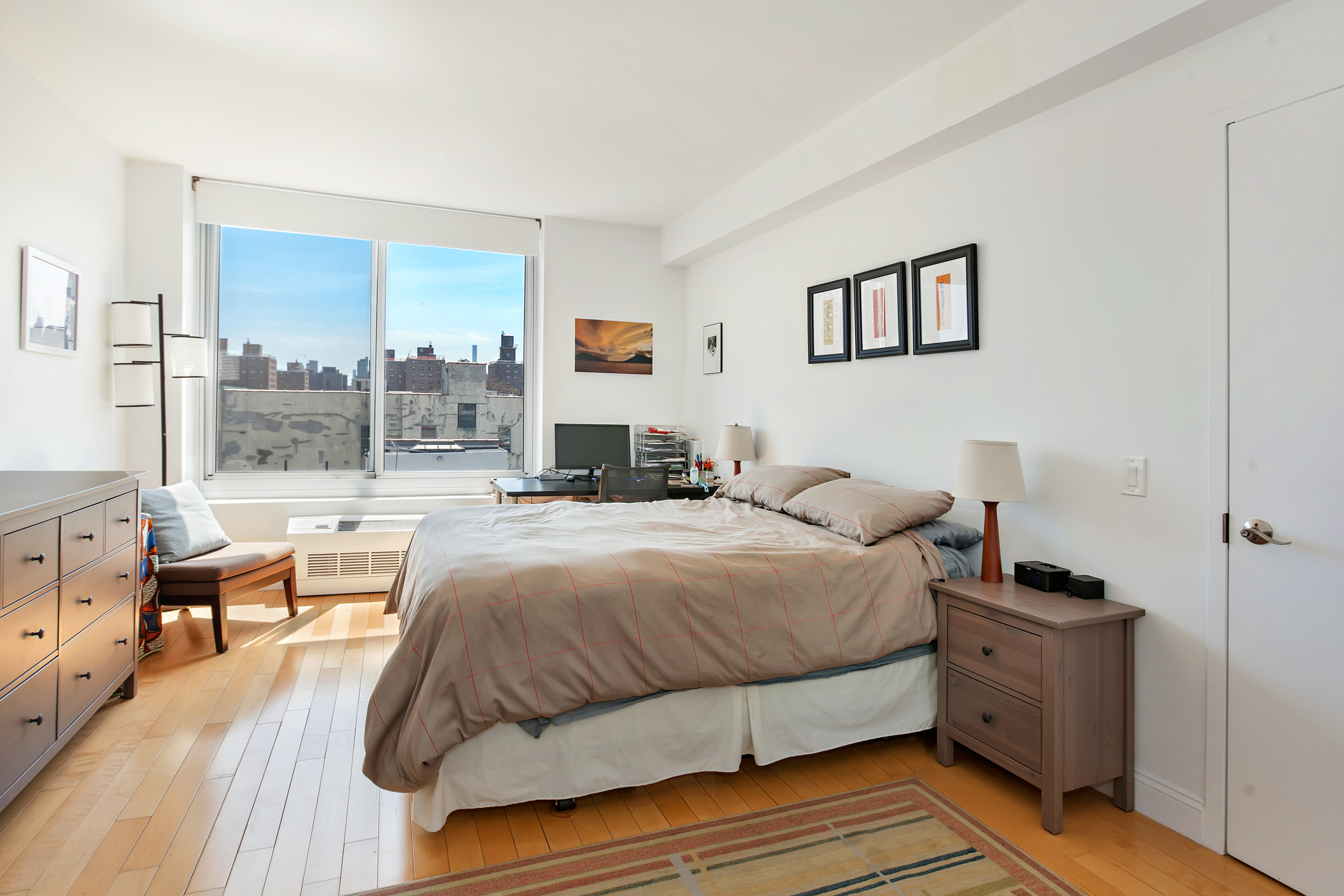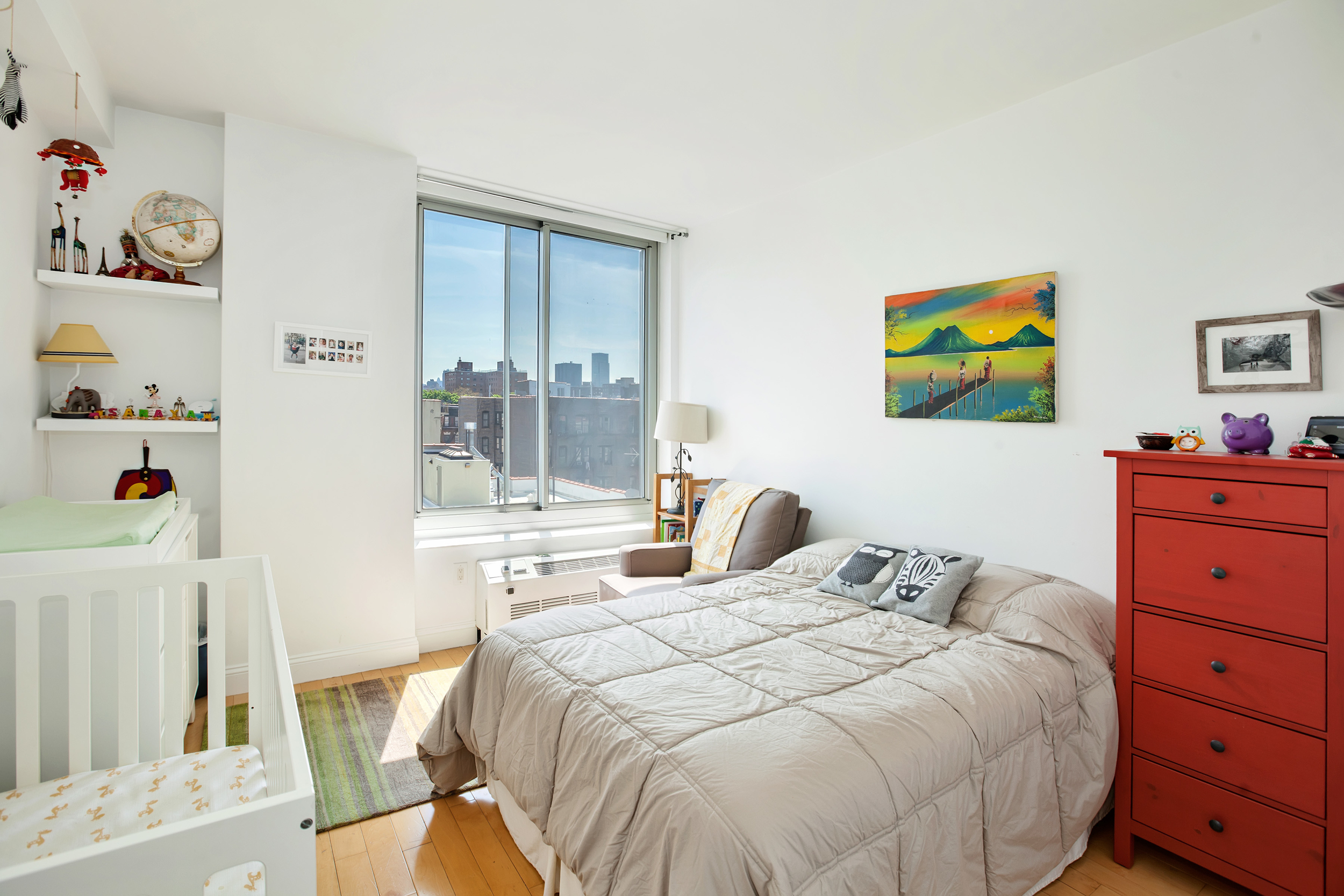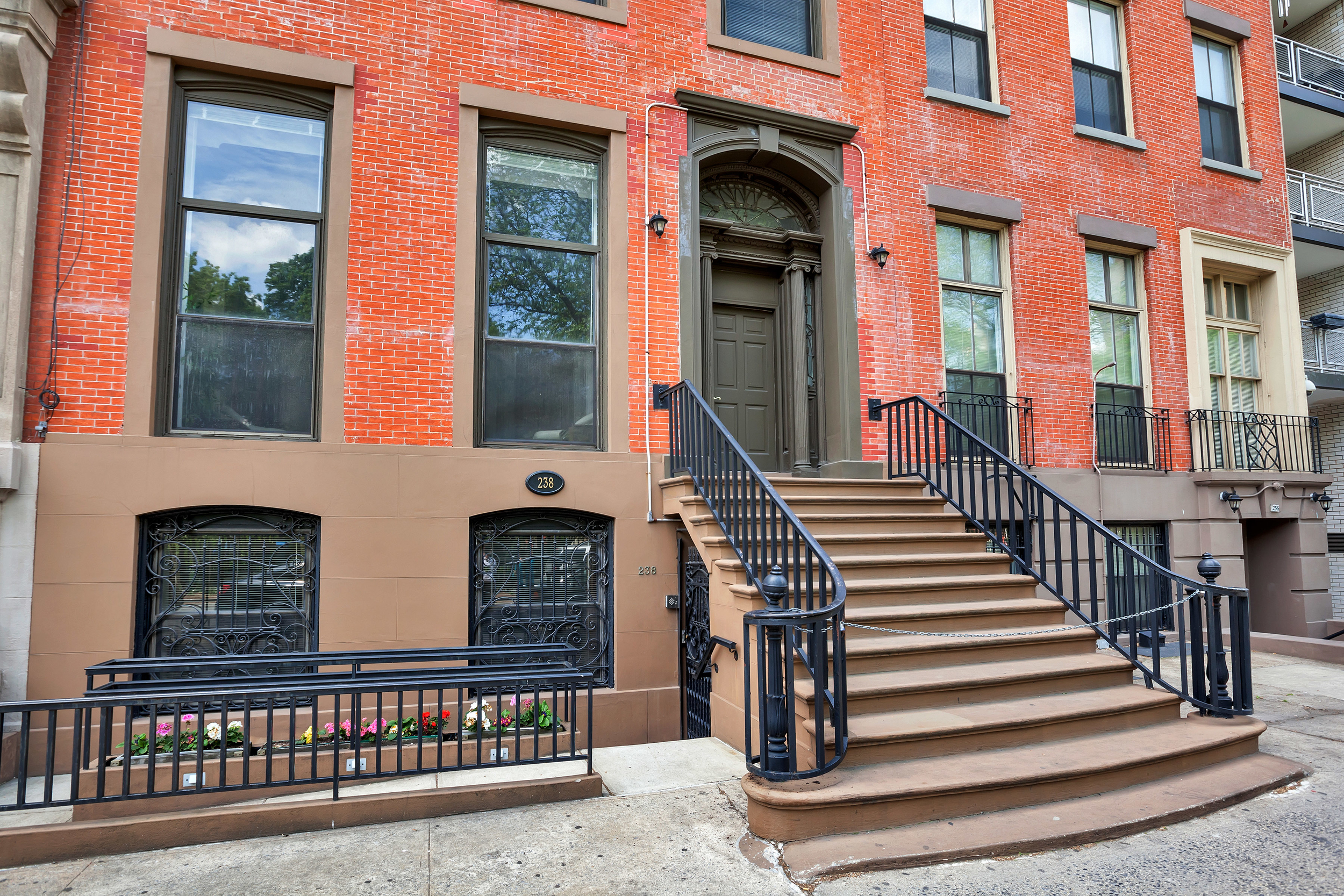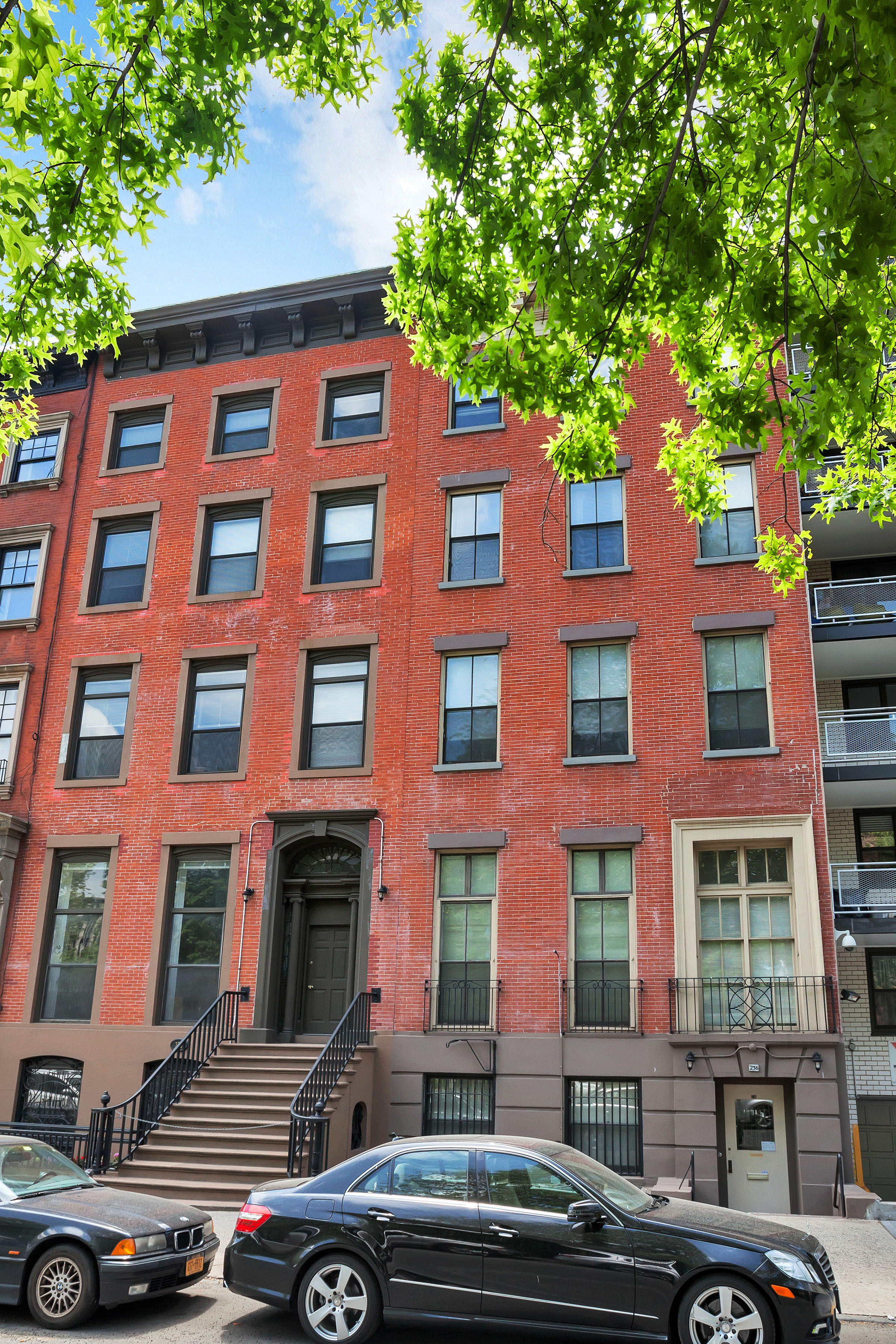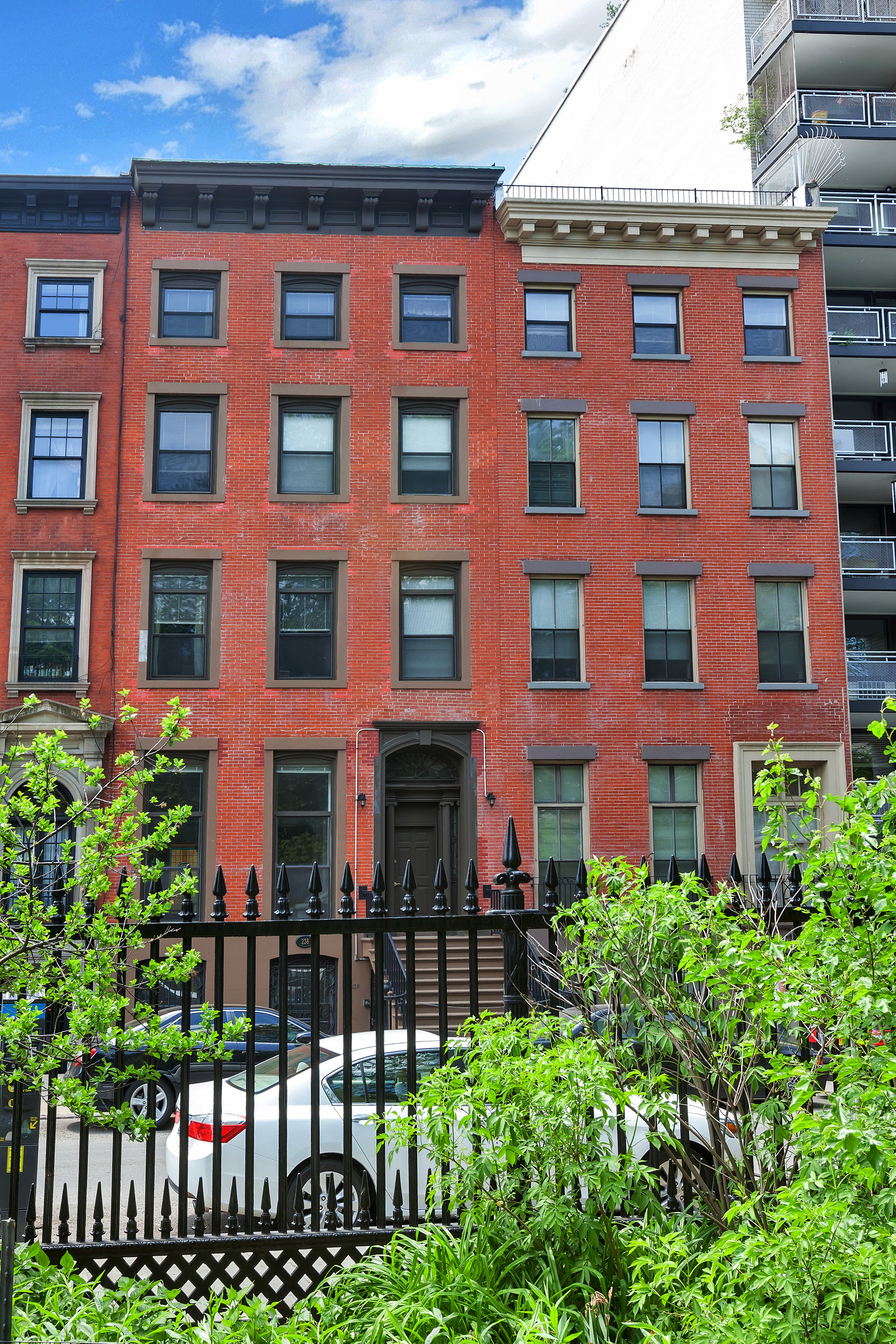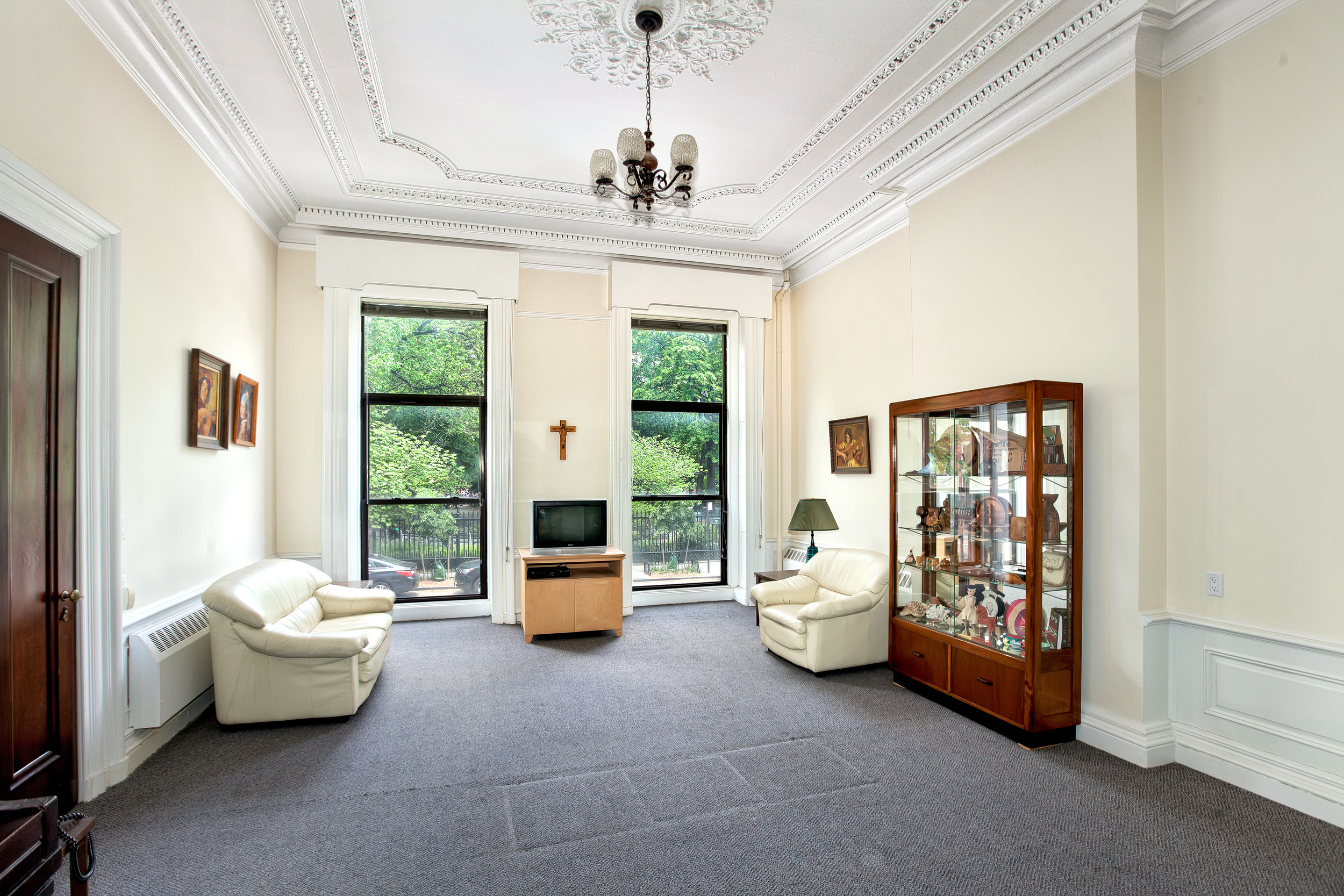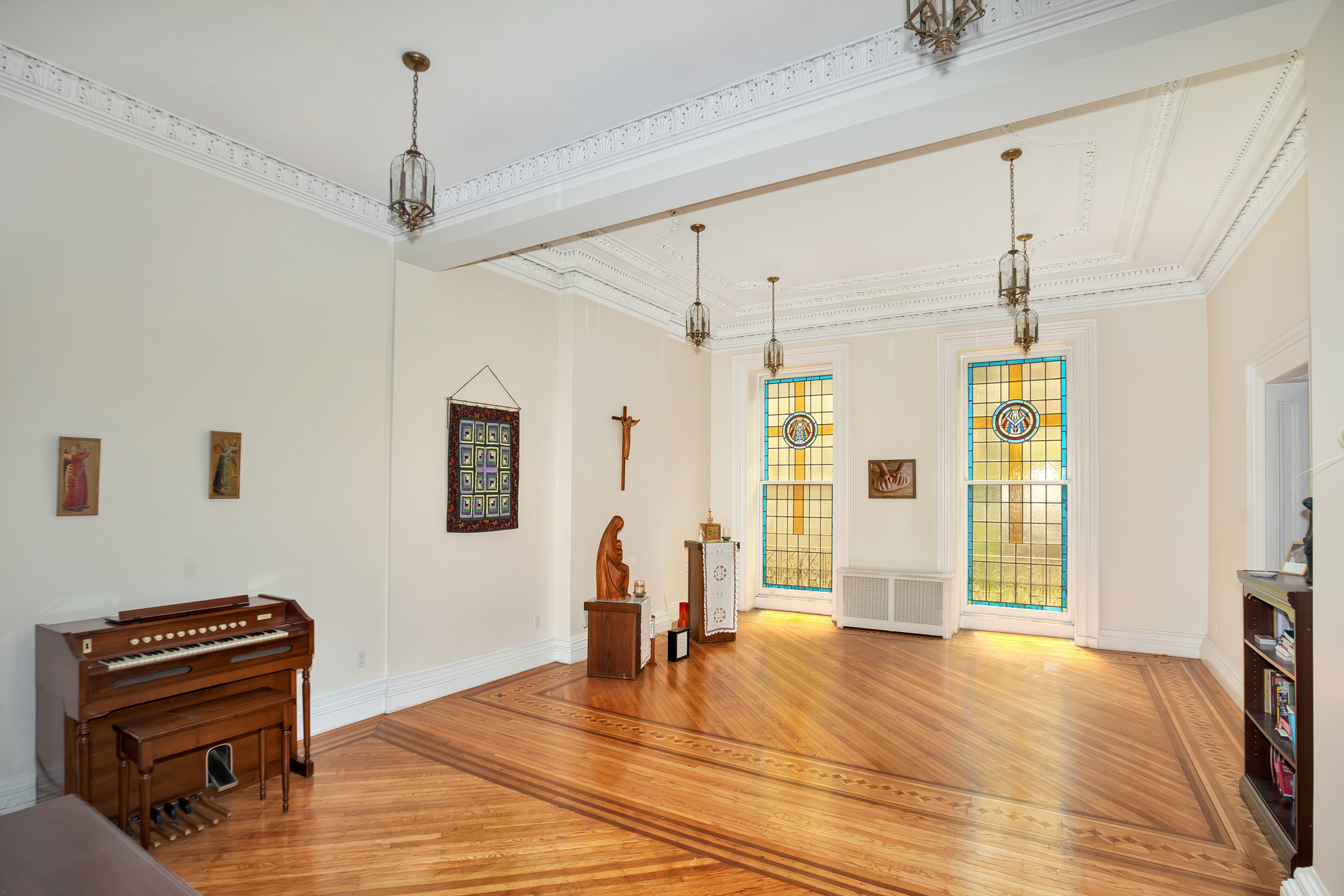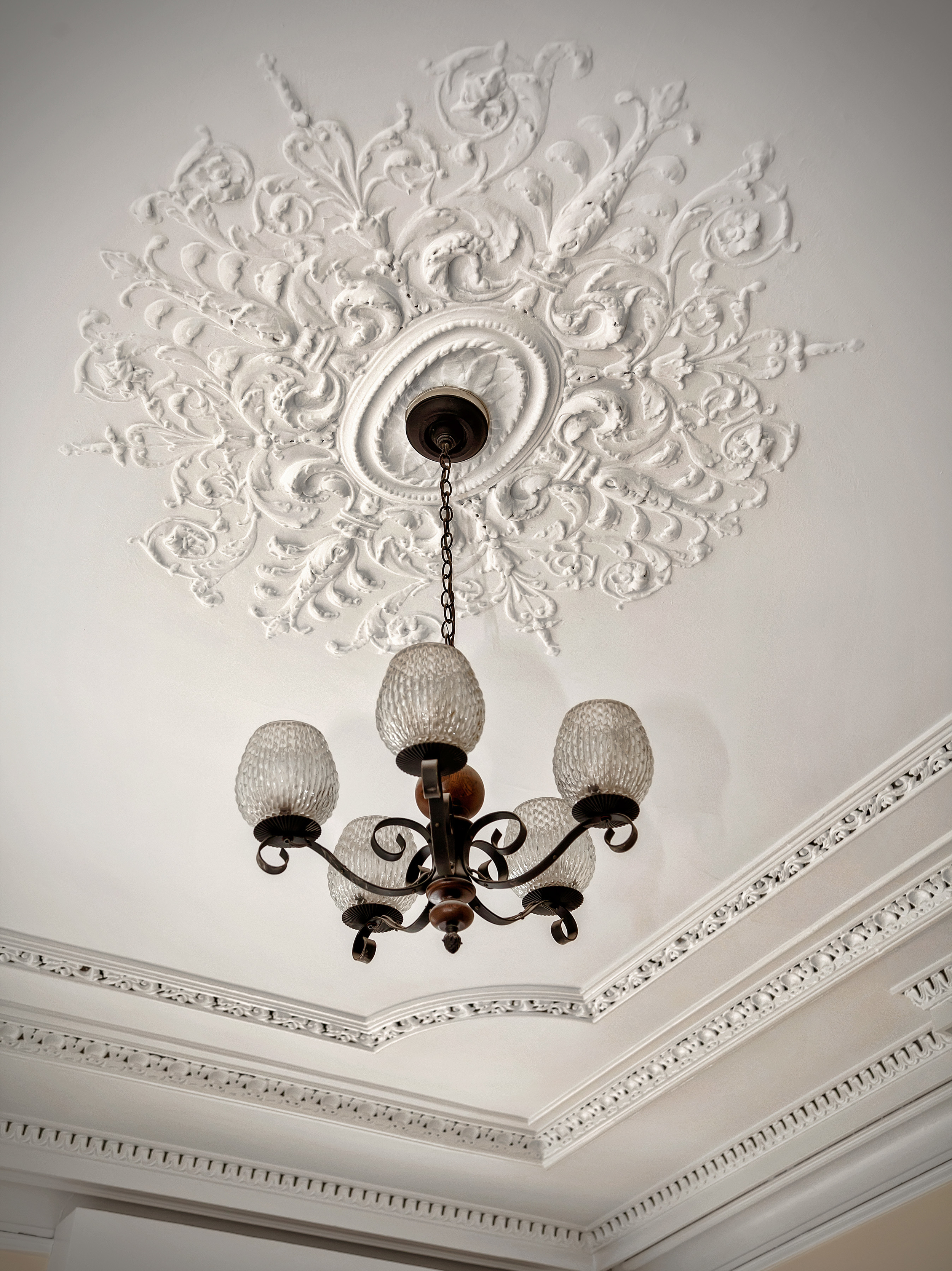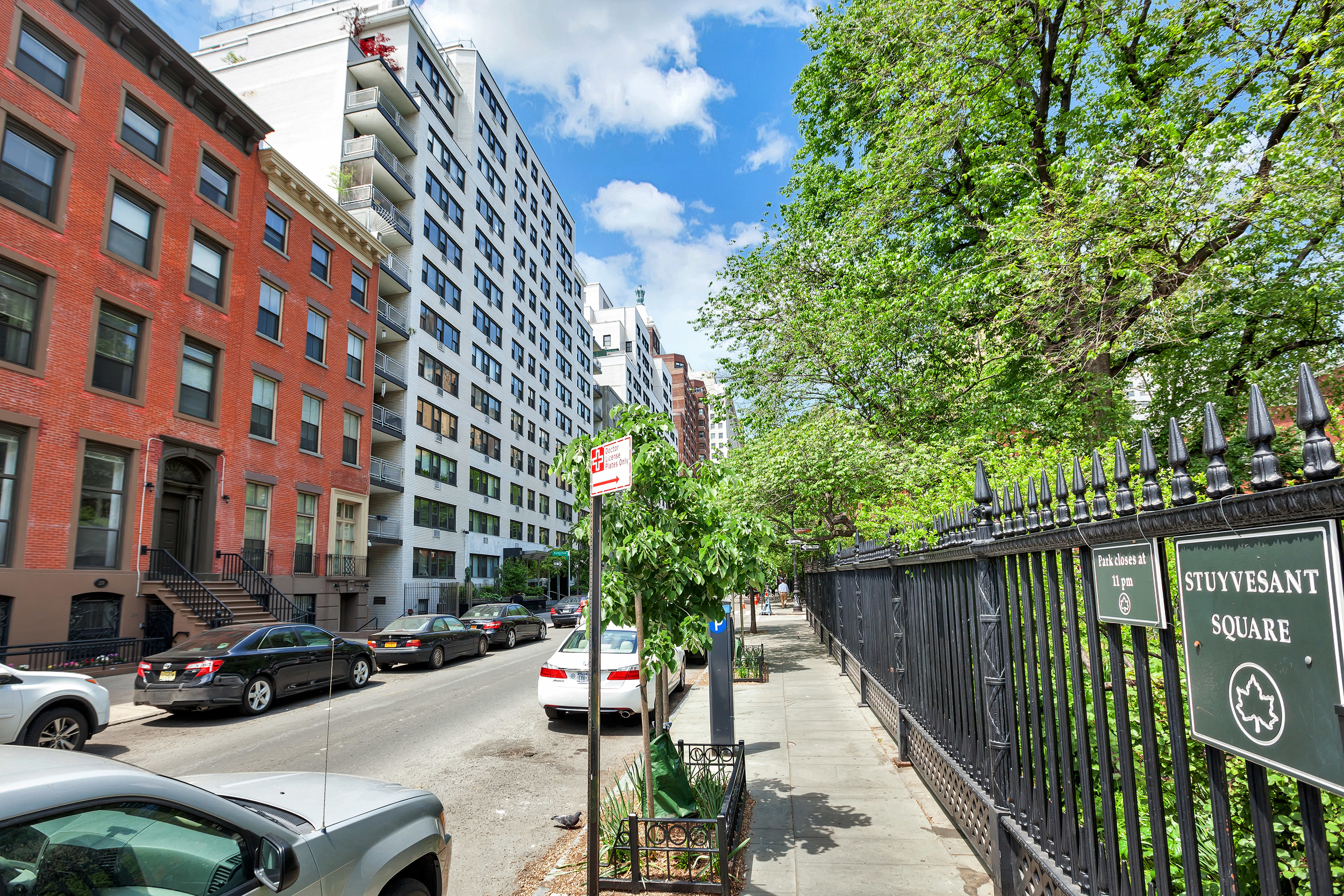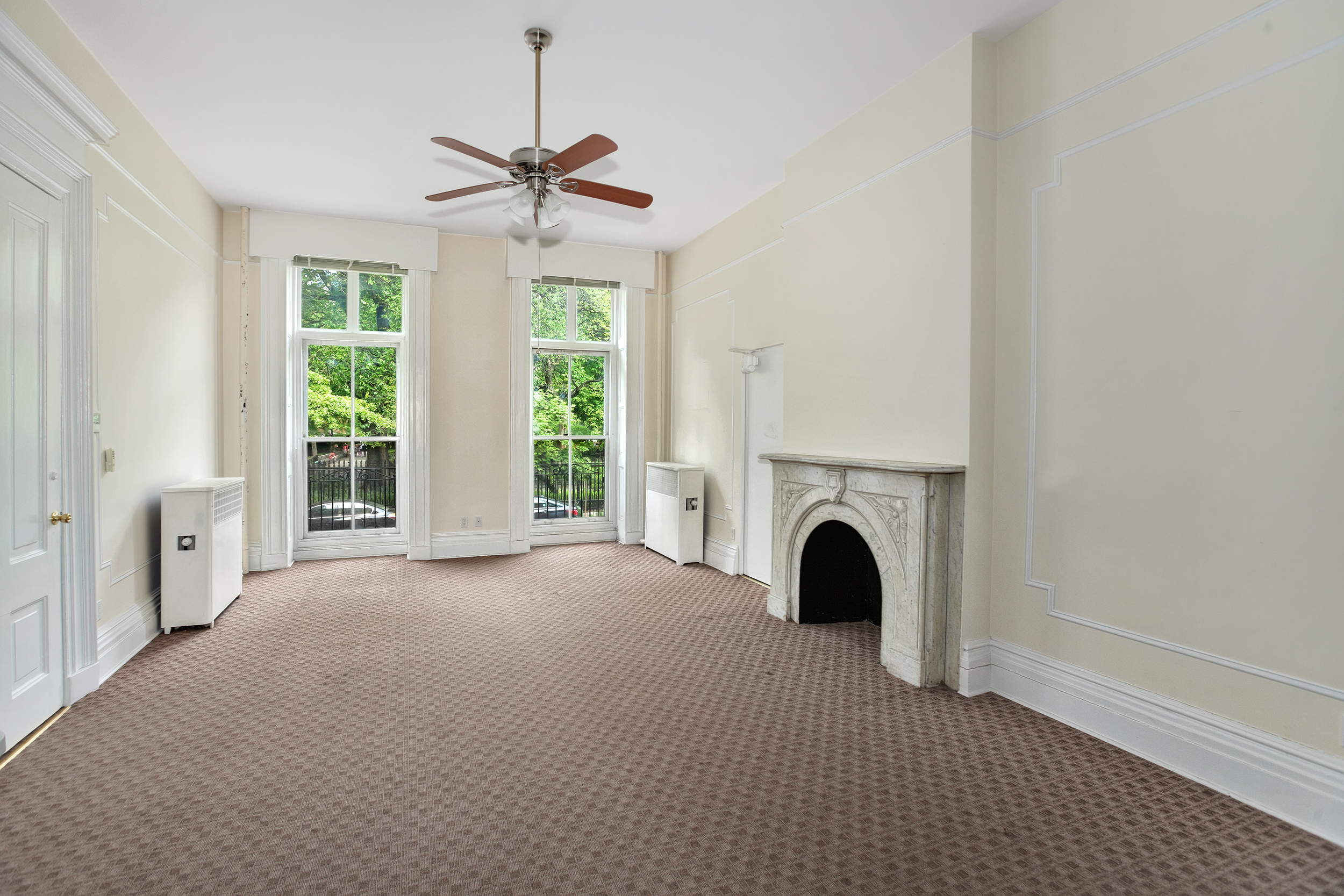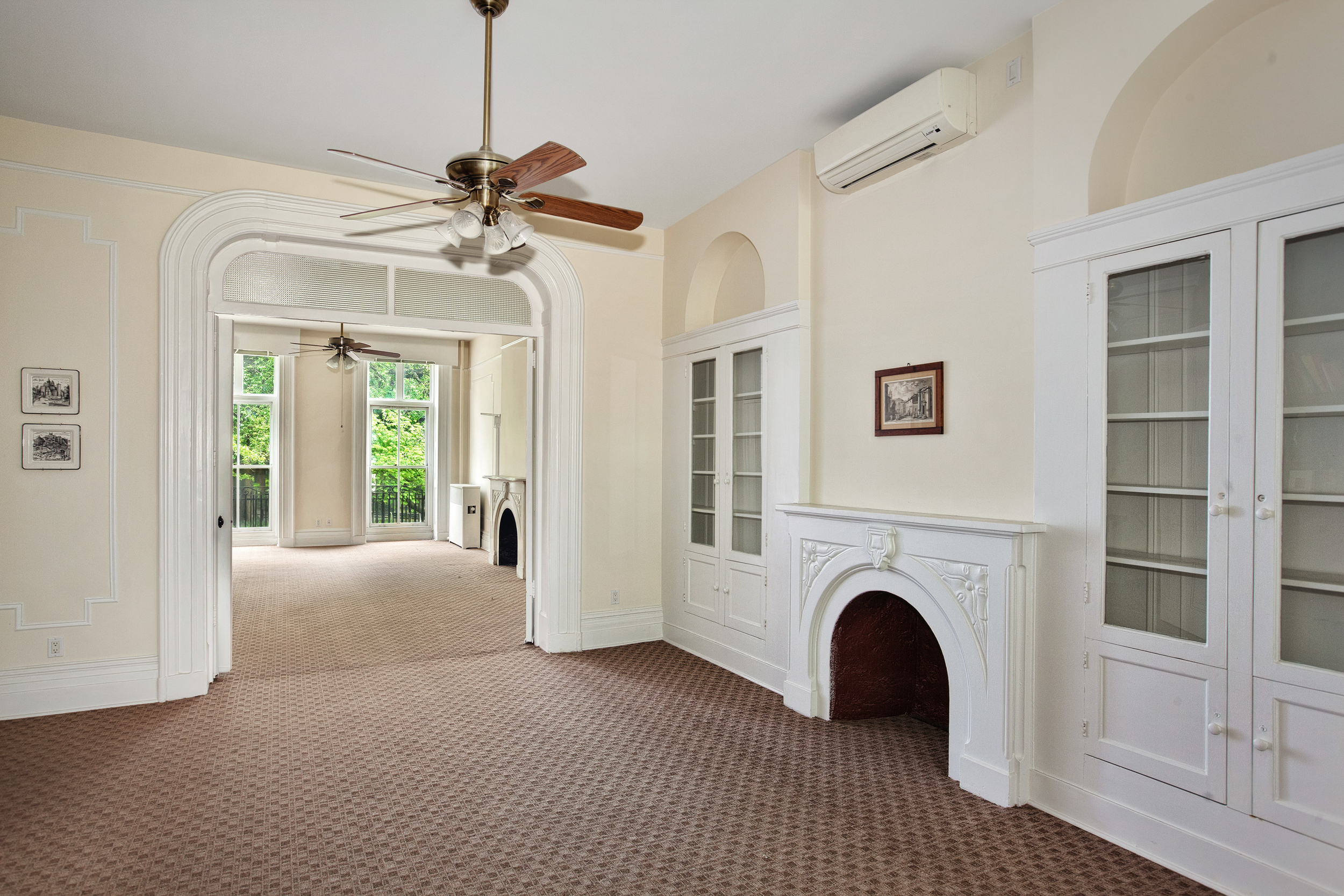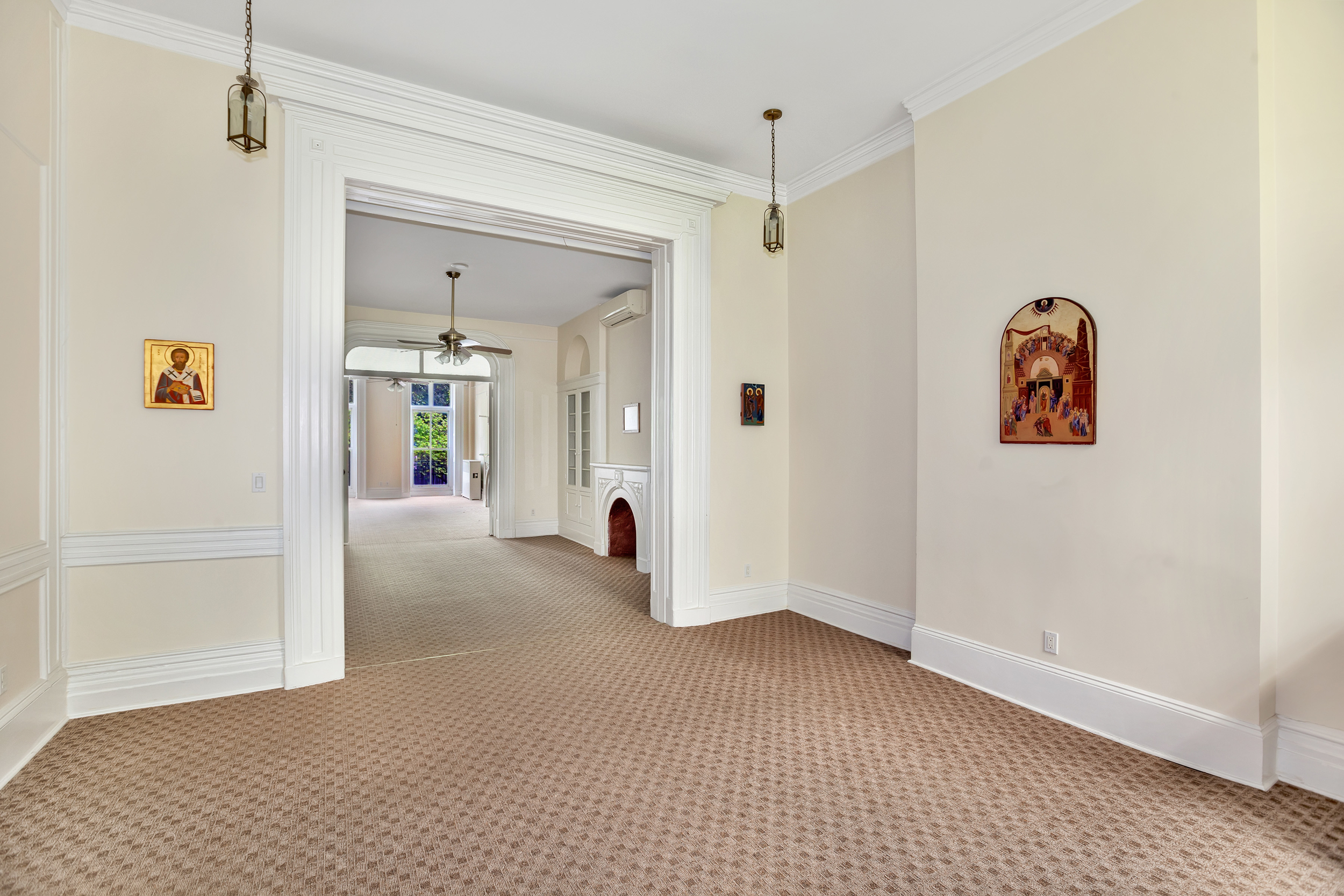The city’s administrative code is clear that permits can’t be sold or transferred. Section 17-314.1 (b) of the code reads: “No vehicle or pushcart used to vend food in a public place shall be assignable or transferable with a license, permit or plate that has been issued under this subchapter attached thereto.”
Sharif and Steve are just two of the thousands of unwitting lawbreakers in a black market for cart permits that operates in plain sight of the city’s enforcement agencies. That black market is worth an estimated $15 million to $20 milliona year, costing the city millions of dollars in potential fees while making it harder for immigrant entrepreneurs to build equity and take the first step up the economic ladder.
Historian Mark Kurlansky writes that in the 19th century, food carts peddled fresh oysters for 6 cents apiece. When the oyster beds died off and new waves of immigrants arrived, offerings diversified; it wasn’t uncommon to find corn, pickles and sausages for sale on city sidewalks. In 1890, Jacob Riis wrote, “There is scarcely anything else that can be hawked from a wagon that is not to be found, and at ridiculously low prices.”
It was these “ridiculously low prices” that drove the first wedge between mobile food-sellers and restaurateurs. The latter, burdened by rent, insurance, payroll, equipment and other overhead, struggled to compete with 6-cent oysters and their successors.
The relationship between vendors and retailers hardly improved over the next century. Embarrassed by the lower-class food carts, Mayor Fiorello La Guardia decreed that sellers had to stand behind their carts, and eventually formed a network of covered markets to get the peddlers off the sidewalks.
Four decades and six mayors later, Ed Koch inherited this mess. The irascible Koch had little sympathy for the vendors. Of midtown’s crowded sidewalks, the mayor told The New York Times, “This is not supposed to look like a souk.”
Under pressure from brick-and-mortar retailers, in 1981 Koch set a limit of 3,000 citywide permits for mobile food carts and trucks. The mayor’s move turned pushcarts into the new taxis, whose medallions—not the cars themselves—are the valuable asset.
For $50, just about anyone can get a license to sell food on a city sidewalk. The application process is cumbersome, but as bureaucratic chores go, it sits somewhere between the drudgery of renewing a driver’s license and the complexity of filling out a tax return.
The problems come with registering the food carts themselves, and with the plastic inspection sticker known as the mobile food vending permit, or MFVP, for which the Department of Health and Mental Hygiene charges $200, and which is usually valid for two years. But many permit holders, having put in their time slinging souvlakis and moved on to more lucrative businesses, such as driving a cab, keep renewing their permits and renting them out, often with the cart attached, on a lucrative black market.
Illicitly renting a two-year permit from its legitimate holder can cost as much as $20,000 for a cart that serves hot food and can bring in far more revenue than a simple coffee-and-doughnut cart, or as much as $30,000 for a food truck—a fully mobile kitchen. Because they’re so valuable but not legally transferable, these permits never officially change hands. Instead, brokers help permit seekers find permit holders who no longer want to man a cart. The vendor who needs a permit—and a cart—might pay a flat fee every two years, upon renewal, or work out a profit-sharing arrangement.
LIST PRICE: The city charges $200 for a two-year city-wide mobile-vendor’s permit
PAY TO PLAY: Expect to pay $20,000—or more—to rent a permit from a licensed holder
LOTTA DOGS: 3,000 mobile food vendor permits have been issued by the health department
In this manner, an estimated 70% to 80% of permits are illegally in use by someone other than the permit holder. Some have been legally owned by the same person for two decades, even if he or she hasn’t touched a shawarma since the administration of Mayor Rudolph Giuliani. (The health department, which distributes the permits, couldn’t produce back records of permit ownership.)
At the center of this underground economy sits a loose network of garages known as licensed commissaries where, by law, every food cart must be cleaned and stored each night. While these garages serve as a meeting point for the food cart world, there is a decentralized network of owners, brokers and would-be vendors that has evaded the haphazard efforts of law enforcement.
On a cold, rainy morning earlier this year, I visited nearly a dozen of these garages to figure out how, exactly, this illicit system operates.
In Manhattan, the commissaries are clustered in Hell’s Kitchen. Most are no wider than a single-car garage, deep as a typical railroad apartment, and hidden in plain sight behind hanging strips of thick clear plastic. Often, a broken food cart sits along a back wall, awaiting repairs.
The licensed commissaries are largely modest operations, garages that store and service just 10 to 15 carts whose operators pay upward of $600 per month. The commissary owners often require vendors to buy their provisions from the garage. Commissary owners make most of their money from a 5% to 10% markup on supplies.
Manhattan’s largest commissary doesn’t even store or clean food carts. From their headquarters on West 37th Street, Tom and George Makkos have run M&T Pretzel for more than three decades. Born in Athens, the Makkos brothers immigrated to New York in their teens with their parents; like many Greek immigrants of the time, their father supported his family with a food cart.
After college, Tom and George returned to the family business. Seeing opportunity in Koch’s permit cap, they amassed a fleet of food carts—and, crucially, the permits that made them legal. It’s not known exactly how many permits the Makkoses held at their peak, but a current employee (who insisted on anonymity) told Crain’s it was “thousands.”
By 1995, the brothers, dubbed the Hot Dog Kings by The New York Times, were in a position to pay the city a $288,200 franchise fee for the right to vend for one year from a single hot dog cart in front of the Metropolitan Museum of Art. That same year, they paid $480,400 for the rights to Central Park’s 60 concessions, making them the Parks Department’s second-largest revenue driver, after Tavern on the Green.
Soon enough, the high-flying Makkos brothers—and at least one other mini-empire of hot dog carts—attracted the unwanted attention of Mayor Giuliani. In February 1995, the City Council passed a law limiting mobile food vending permits to one per person or company, effective Jan. 1, 1996. The idea was to once again make the food-cart business a path for aspiring entrepreneurs. With the end nigh, the Makkoses diversified (Tom is a longtime co-owner of the upscale Italian restaurant Nello), relinquishing the pushcarts as their permits expired and becoming suppliers instead.
Twenty years later, by all appearances, M&T Pretzel is nothing but a wholesaling business, and has nothing to do with amassing—or renting—food cart permits. Along the back wall of the large, well-lit space, a row of humming commercial refrigerators holds enough hot dogs to feed a stadium. Stacks of soft drinks fill more of the remaining floor space.
The Makkoses still appreciate the power of a monopoly. Said one older man at a nearby garage, “If you buy a bottle of Poland Spring in the city, you go through them. Period.”
That’s barely exaggeration: The lot next to M&T is filled with shrink-wrapped pallets of beverages—many with the familiar Poland Spring logo, stacked two-high and packed Tetris-tight by two busy men on forklifts.
Tom Makkos—charming, funny, recreationally vulgar and good with a handshake—declined to speak on the record with Crain’s when I met him that morning. Reached by phone several weeks later, he told me he’s no longer involved in the retail end of the business.
“I do not own any permits,” he said. “I don’t own any carts. I have nothing to do with that.”
Just one block away, I met Hell’s Kitchen’s other commissary king, Zizo—“No last name, please”—who came to the U.S. from Egypt in the early ’80s. He’s been in food carts ever since, clawing his way up from vendor to garage owner. Today he has the second-largest commissary in Manhattan.
Like M&T Pretzel, Zizo’s garage (whose trade name was never made clear, and defied research efforts) is also enormous by industry standards. I found Zizo sitting at a cluttered desk in the back. He looks to be in his 50s, fit and solid in that manner of men who don’t actually sit for a living, and he was eager to talk about how the business has changed over the years.
Not that food vending was ever easy, he made clear, but it’s harder than ever. When he arrived, “everybody got a permit,” he said. “Everybody could work.” The barrier to entry was low enough to encourage entrepreneurship. In the 1980s, Zizo said, a classic hot dog pushcart cost $3,000 to $4,000 to buy; today’s carts, equipped to prepare halal lunches with griddles and coolers, can easily run $35,000.
When asked about permits, Zizo sighed, stood up and pointed to my notebook. “The price of permit going up, up, up,” he said, jabbing his finger to make sure I got his point. Today, he said, a permit costs $20,000 for a two-year black-market rental. He expects that number to rise to $22,000 next year.
New rules by the city have only made it more expensive to rent a permit illicitly. In 2015, the health department began requiring permit holders to show up in person to contest tickets for violating the myriad rules of where and when carts can operate. (Previously, the licensed food seller was held responsible.) To account for this greater risk, owners are pricing permits higher still. Some even require a security deposit in addition to the biennial fee.
“Where are these permits changing hands?” I asked.
“Go to Astoria,” Zizo said. “That’s where the brokers are.”
When Giuliani instituted the one-person, one-permit rule in 1996, the food cart business was dominated by Greeks. “Then,” Zizo said, “the Egyptians took over. Now it’s Bangladeshis and Iranians and Turks.” Astoria has been home to all these groups, and that’s why Zizo sent me to Queens to find the permit brokers.
On a late Saturday afternoon in March, working with just a few cross streets and first names, I went looking for “Dmitri” and “Effie,” both said to handle certain tasks on behalf of food vendors.










































